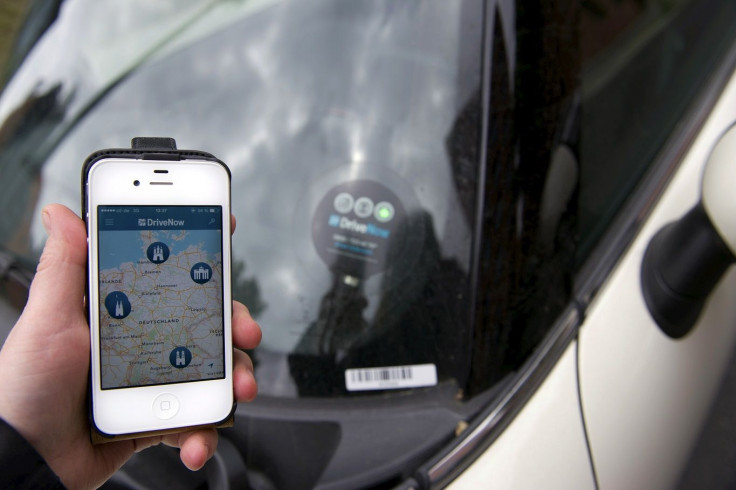There’s an app for that: The art of mobile app promotion

The average cost to develop and promote a mobile app in 2012 was a little over a few thousands to as much AU$200,000. Every year, due to mobile applications’ popularity and to the smartphone users’ continuously growing number across the globe, the figure keeps on changing and growing.
In a data collected by mobile marketing firm Fiksu in the last quarter of 2014, it was revealed that the cost of acquiring mobile apps users increased 34 percent from 2013. It was also the time when the cost-per-loyal-user index, which measures the price of acquiring a user who opens an app at least three times, had skyrocketed to an all-time high.
The good news is that the enthusiasm for mobile apps is also fast-increasing as smartphone manufacturers continue to develop newer and more high-tech products. Each time Apple releases a version of its iPhone, or Samsung fights back with a new Galaxy S series model, more consumers become acquainted to the necessity of having a new app that might interest them.
However, this also makes the mobile app competition stricter. Almost every niche today has an app counterpart, from monitoring your calorie intake to organising your finances. Perhaps conceptualising an app and bringing them to reality seems easy — just hire a talented designer and developer — but selling it to the public, let alone convincing them to download and actually use it, isn’t.
Knowing your audience, your product
For Dom Einhorn of Born2Invest, a newly launched app for business and finance news, it pays to have a deep and real understanding of your niche market.
“It sounds like an overused statement but it’s something you would need when you get to face your target audience in the flesh. When Adrian Beeston (my business partner) and I launched the app in Manila, Philippines, last week, we were bombarded with questions I never imagined of hearing, but post-event feedbacks proved we’ve done well. We knew what to say — I’ve been doing business in the Philippines for three years, after all — so it all came naturally,” said Einhorn in an interview.
Einhorn knows that the online advertising landscape has not really changed dramatically in years. He had to do the basics and the customaries. He advertised his business app on various online social channels to reach his target audience — the business news readers, investors, journalists, executives and aspiring business owners. There was a huge amount of partnership with local PRs involved, and setting up meetings with local journalists and publication owners have kept Einhorn and his team busy for months before the launch — all this, according to him, would all end up futile if he didn’t invest a lot of time studying his niche market before building the app itself.
On App Store Optimisation
Of course, app developers know that they have to make their app visible on the app market. However, with thousands of apps being positioned on Google Play and Apple App Store every day, hitting the top spot in your chosen niche isn’t really an easy undertaking. Thanks to App Store Optimisation, developers can now put their product on the first page of their category list.
As ASO is a subset of search engine optimisation, or SEO, it also deals with keyword research, or using the right words and phrases in naming your app (and putting “content” in its app page) so that it gets higher chances of being found by searchers.
ASO is not just about dealing with luck. According to a Forrester study , 63 percent of app discoveries happened through in-app searches. Paid ads on app are actually useless, as users just ignore them. In fact, nuisance ads are also among the top reasons why people uninstall an app. But since no one wants to visit an app page that is overstuffed with obvious keywords, developers must do it right using various app optimisation tools .
Obviously, there is a clear need for serious work and know-how in order for developers to position their app well on the app store, but nailing a seamless, app marketing all boils down to their knowledge of what they sell and to whom they are selling. As Einhorn puts it: “ It pays to have a deep and real understanding of your niche market, of your product—it’ll take you to places.”
Contact the writer at feedback@ibtimes.com.au, or let us know what you think below.




















